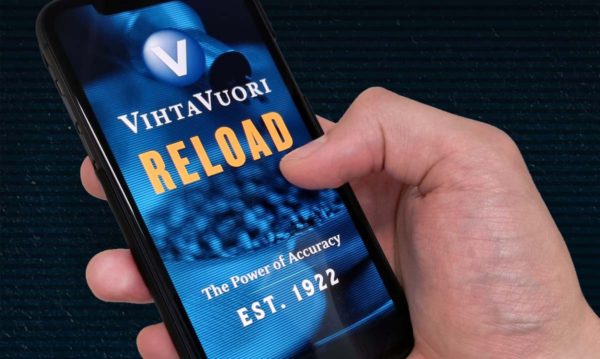
How to use the reloading data
Our rifle and handgun data listings generally contain maximum charges which are not to be exceeded. In some instances starting loads are also listed. Currently our website contains all of the data we can supply. Be certain you use the correct data and the specific bullet weight shown.
By staying 5 % below the maximum powder charge weight, pressures will be reduced by about 10 % while velocities will be only about 3 % lower than listed.
Caution: When loading handgun cartridges it is vital to maintain the minimum cartridge overall length (C.O.L.) listed in the tables. Shorter overall lengths may double chamber pressures. Longer lengths are permissible so long as the functioning of the handgun will not be impaired.
The data in the loading tables were obtained at an ambient temperature of 68 degrees Fahrenheit and relative humidity of 55 %. The values obtained were under carefully controlled conditions and may vary from those obtained with your firearm, specific component lots, loading dimensions, and loading procedures. The maximum charges must NEVER be exceeded. Start loading with the starting load according to the loading data. If there is no indication of the starting load, use a 15 % lower charge than the listed maximum. When loading cartridges for which the listed charge is 10 grains or less, after firing 10 rounds at the minimum weight (15 % below maximum), increase charge weights by 0.2 grains and fire another 10 rounds. Repeat this procedure, if necessary, until you reach, but do not exceed the maximum listed charge. The same process is followed for heavier charges except that charge weights from 11 to 25 grains use increments of 0.5 grains. For charges over 25 grains increments of 1.0 grains will be correct. If even a single test round shows signs of excessive pressure discontinue the use of the load. Do not fire even a single additional cartridge. Seek qualified help before proceeding! The traditional sign of overpressure is a flattened primer.
When flattened primers start to occur, it is a definite warning that the charge should be reduced, quickly. Brass getting into the ejector and extractor cavities is a worse case. Blown out primers are worse still. If a case ruptures it may be a sign of a defective case or a truly lethal chamber pressure.
In case of overpressure signs it is wiser to back off, to be safe rather than sorry. Why risk potentially fatal injury? Better to stop shooting and immediately discard all such reloads. Read also the Reloading Safety Rules on pages 16 and 17. There are numerous factors which can change the ballistic performance of a load even when the data is followed exactly.
For example: The internal dimensions of a firearm can vary greatly even between two of the same make and model. Pressures can vary to extremes as different firearms are used. Each change in brand and even within different lots of a specific brand component can cause notable ballistic changes. Too, changes in ambient temperature can also cause ballistic altering pressures. Not every bullet of a given diameter and weight will produce alike pressure. Changes in case brand can also effect ballistics.
Pressure
There are numerous other causes of varying pressure levels. Therefore it is essential that the reloader be well versed in the methods of carefully working up a reload powder charge in small increments as outlined in the various reloading handbooks that are available from reliable sources. The data on this website is not intended for use by persons not thoroughly versed in such procedures. These instructions should be supplemented by a good recognized reloading handbook that offers all appropriate information.
Disclaimer
As Nammo Vihtavuori Oy has no control over improper storage, handling, loading or use of our powders after they have left the factory, we make no warranty of any kind, either expressed or implied, limited or full. We specifically disclaim all warranties of fitness for a particular purpose and merchantability. We specifically disclaim all liability for consequential damages of any kind whatsoever, whether or not due to seller’s negligence or based on strict product liability or principle of indemnity or contribution, Nammo Vihtavuori Oy neither assumes nor authorizes any person to assume for it any liability in connection with the use of this product.
